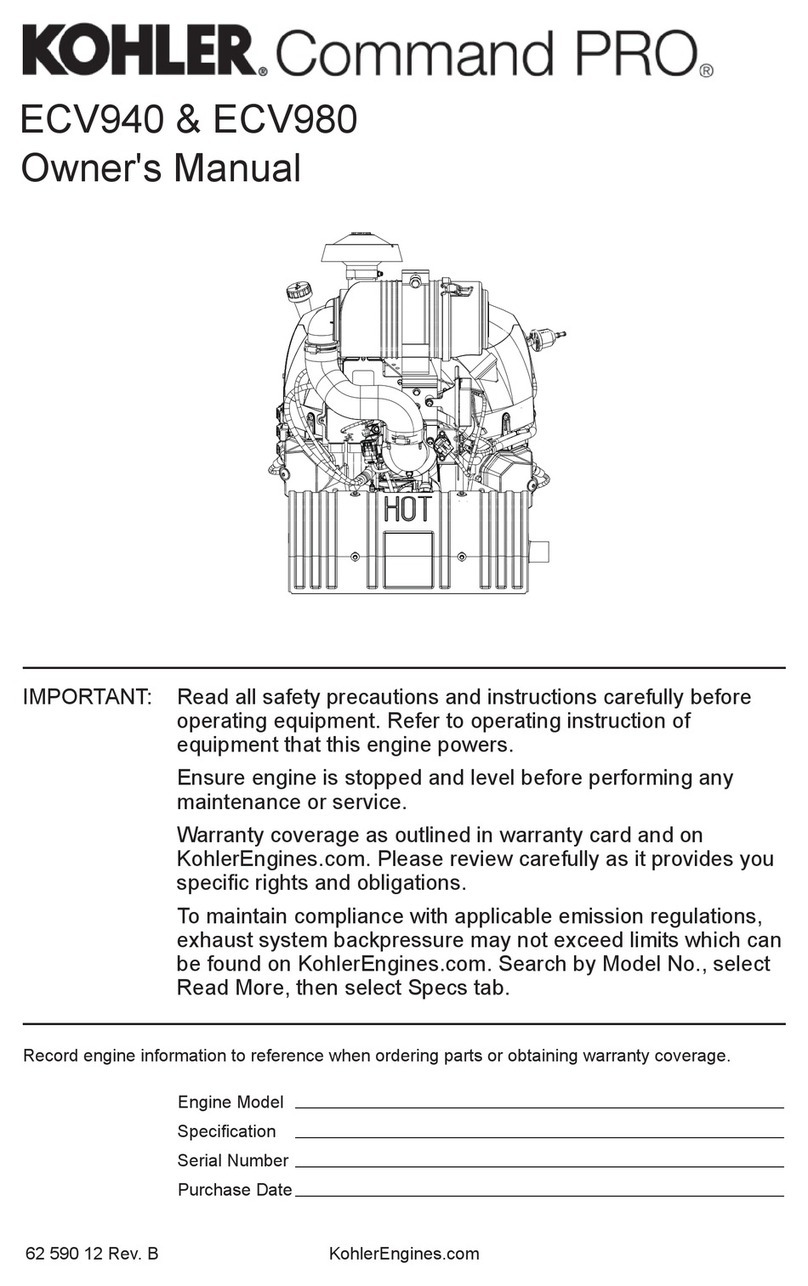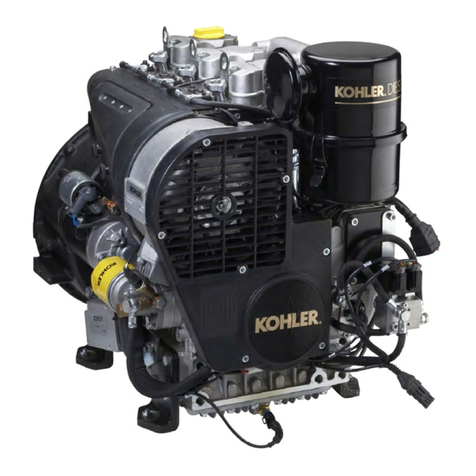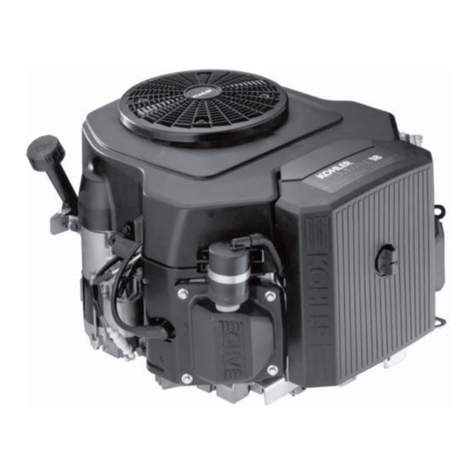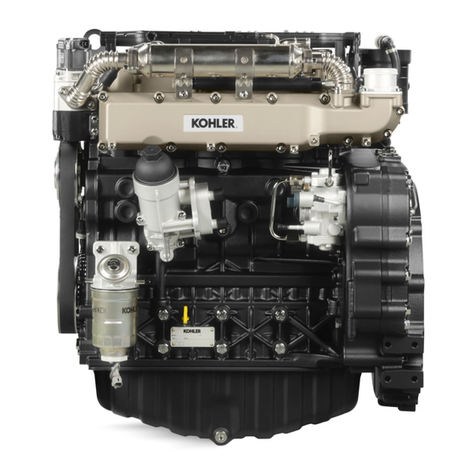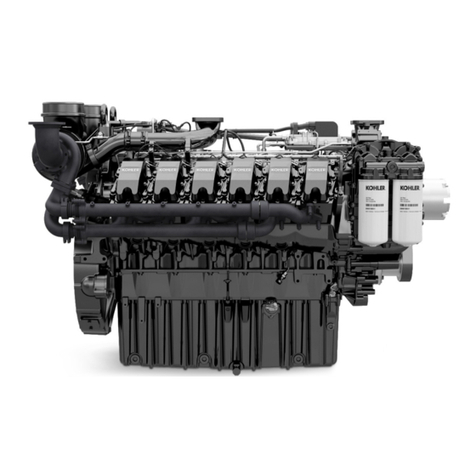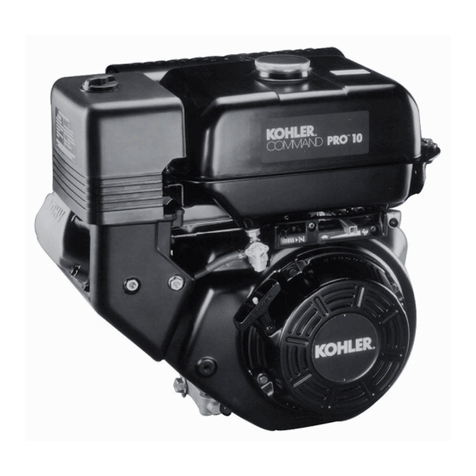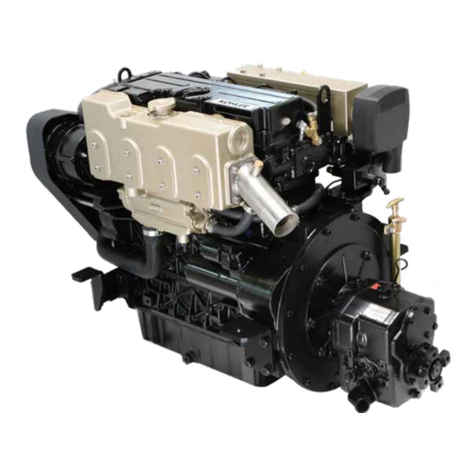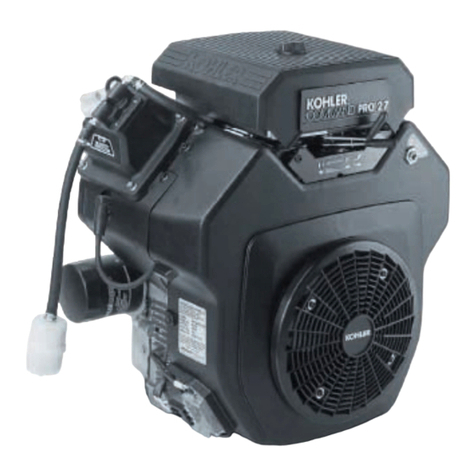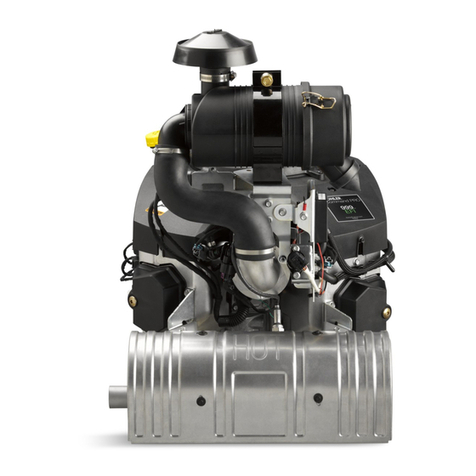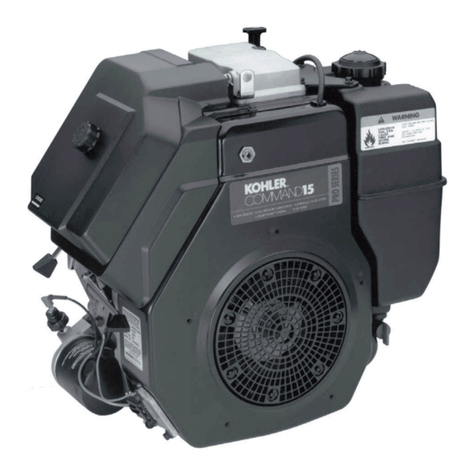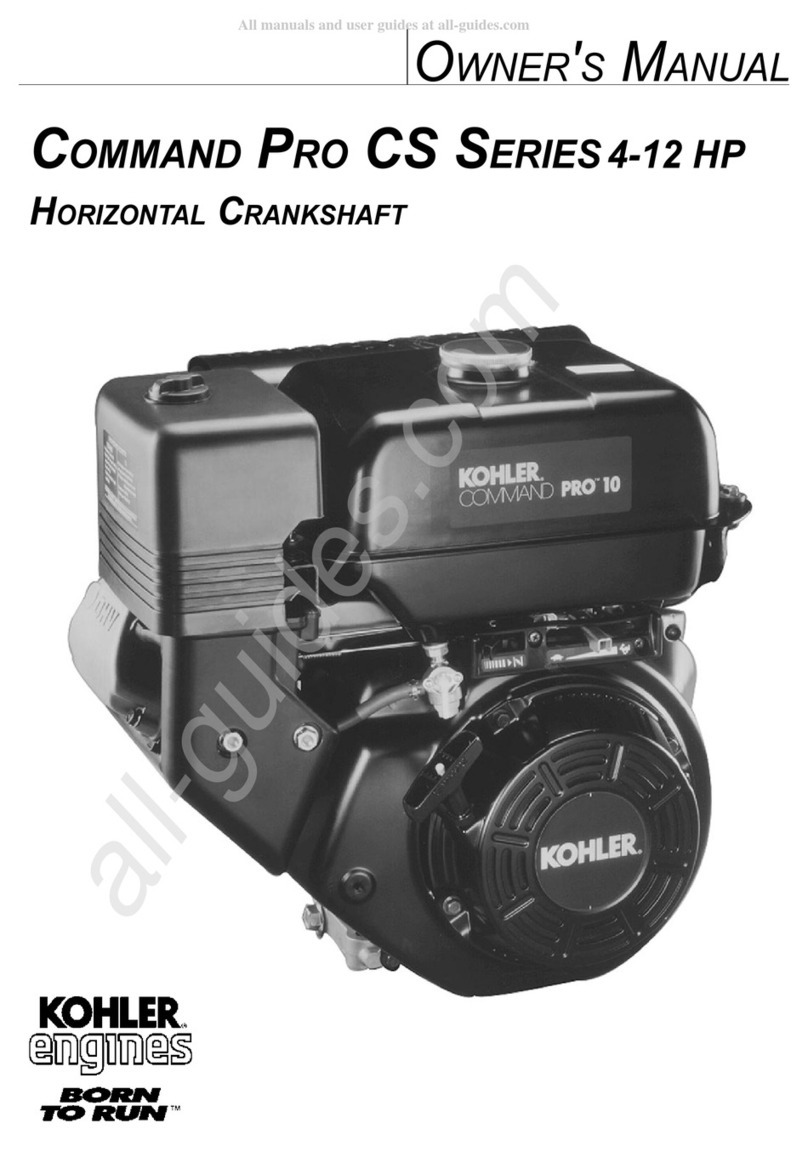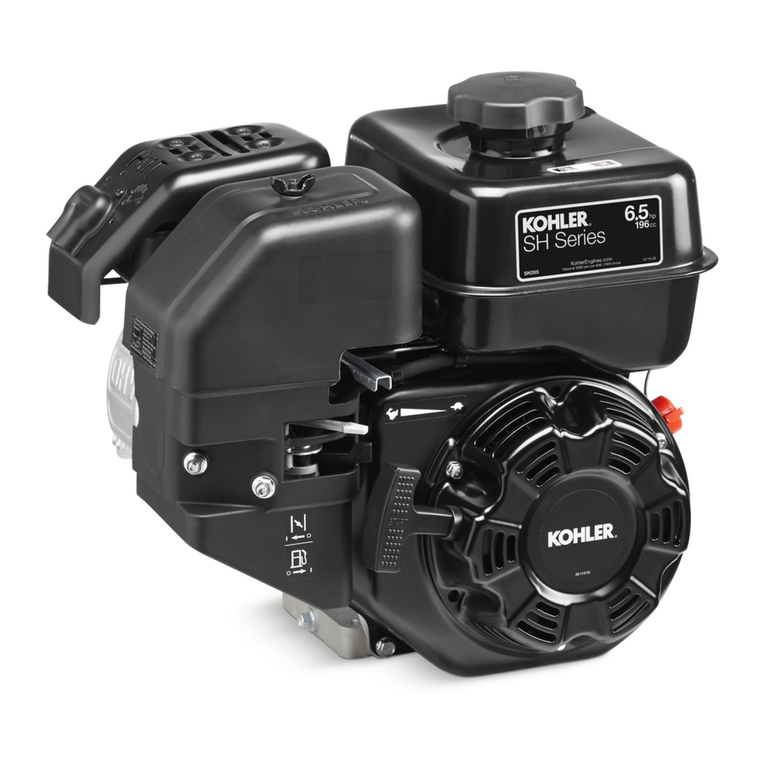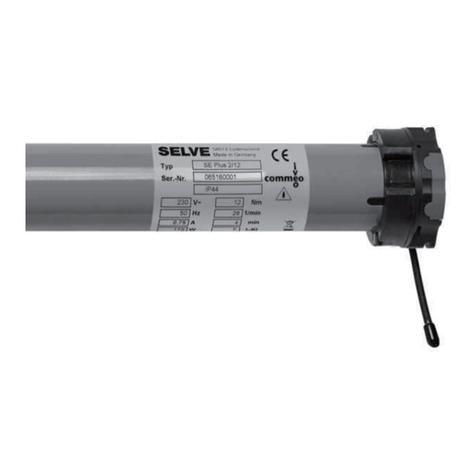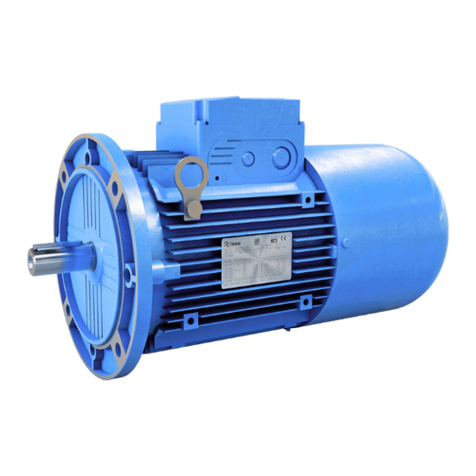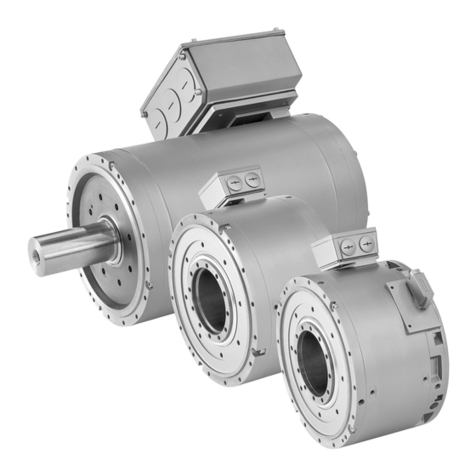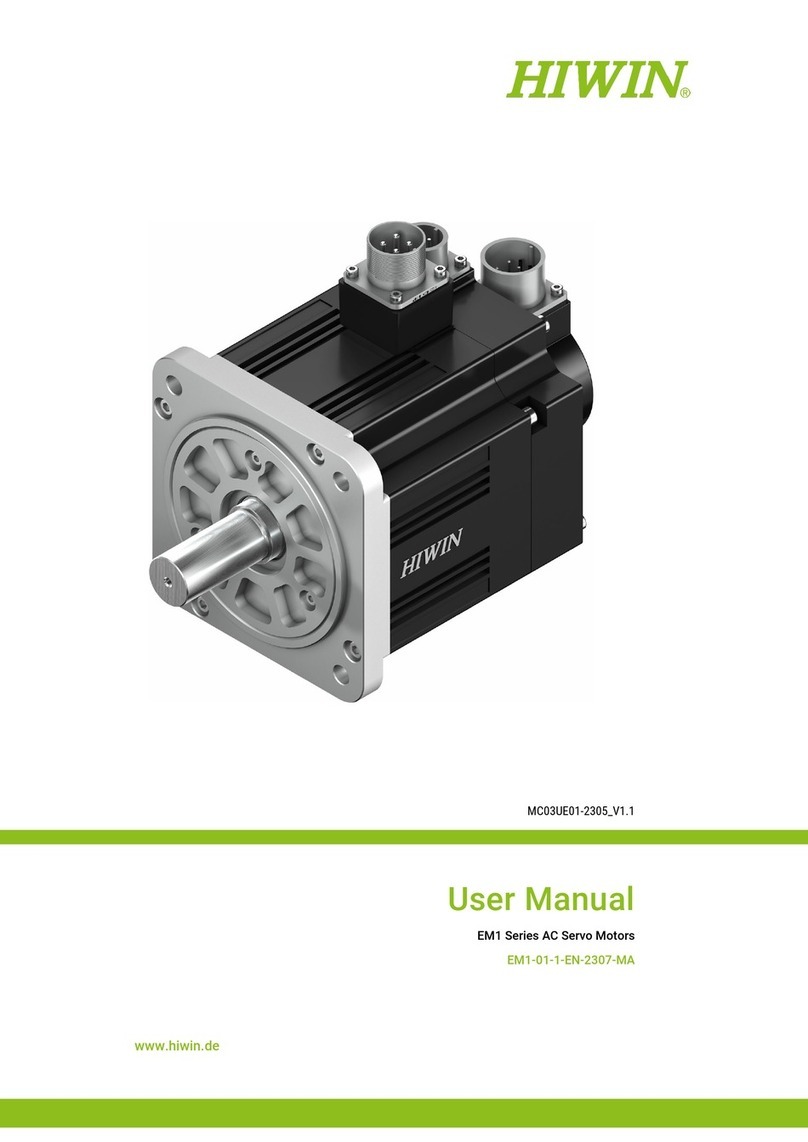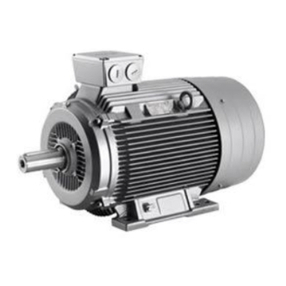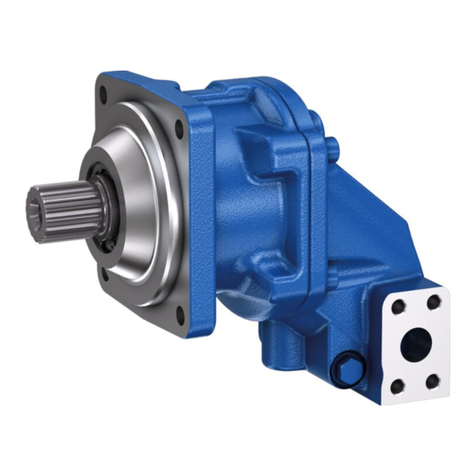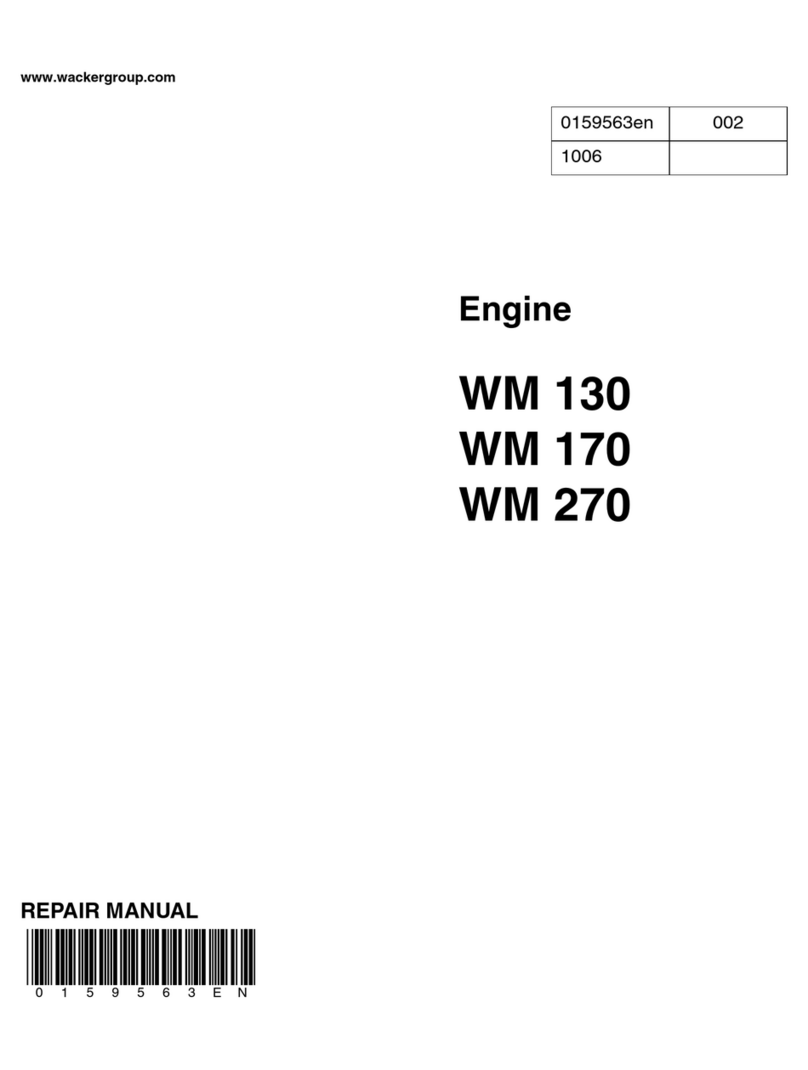
Maintenance
4 24 690 31 Rev. HKohlerEngines.com
OIL RECOMMENDATIONS
PCV680, PCV740
All-season KOHLER®PRO 10W-50 Synthetic Oil is the
ideal oil for KOHLER engines. It is specifically formulated
to extend the oil and oil filter change interval to 300
Hours when paired with a KOHLER PRO Extended Life
Oil Filter.
300-Hour oil and oil filter change intervals are exclusive
to and only authorized on KOHLER engines that utilize
both the KOHLER PRO 10W-50 Synthetic Oil and
KOHLER PRO Extended Life Oil Filter. Alternative
engine oils and oil filters may be used with KOHLER
engines but require 100-Hour oil and 200-Hour oil filter
change intervals for proper maintenance. Oil must be
API (American Petroleum Institute) service class SJ or
higher. Select viscosity based on air temperature at time
of operation as shown below.
°F -20 020324060
50 80 100
°C -30 -20 -10 0 10 20 30 40
5W-30
10W-30
SAE 30
Kohler PRO 10W-50
PCV680LE, PCV740LE
Only use Full Synthetic ILSAC (International Lubricants
Standardization and Approval Committee) GF-5 or
higher motor oils and API (American Petroleum Institute)
service class SN or higher to meet emissions life of
this engine and protect catalyst muffler. Select viscosity
based on air temperature at time of operation as shown
in table below.
FUEL RECOMMENDATIONS
WARNING
Explosive Fuel can cause fires and severe
burns.
If a gaseous odor is detected, ventilate area
and contact an authorized service technician.
Propane is extremely flammable and is heavier than
air and tends to settle in low areas where a spark or
flame could ignite gas. Do not start or operate this
engine in a poorly ventilated area where leaking gas
could accumulate and endanger safety of persons in
area.
To ensure personal safety, installation and repair of
propane fuel supply systems must be performed only
by qualified propane system technicians. Improperly
installed and maintained propane equipment could
cause fuel supply system or other components to
malfunction, causing gas leaks.
Observe federal, state and local laws governing
propane fuel, storage, and systems.
This engine is certified to operate on commercial
propane with a minimum propane content of 85% (per
GPA STD 2140). If you have any questions, contact your
propane supplier.
This engine requires propane fuel in a
gaseous/vapor
source from a supply tank designed for use with
gaseous/vapor draw.
Propane from an appropriate propane fuel tank (supplied
separately) is required to operate this engine.
STORAGE
If engine will be out of service for 2 months or more
follow procedure below.
1. Change oil while engine is still warm from operation
(NOT required if using KOHLER PRO 10W-50
full-synthetic oil). Remove spark plug(s) and pour
about 1 oz. of engine oil into cylinder(s). Replace
spark plug(s) and crank engine slowly to distribute
oil.
2. Disconnect negative (-) battery cable.
3. Separate propane tank from unit and store
separately in an area designated for safe propane
tank storage.
4. Store engine in a clean, dry place.
